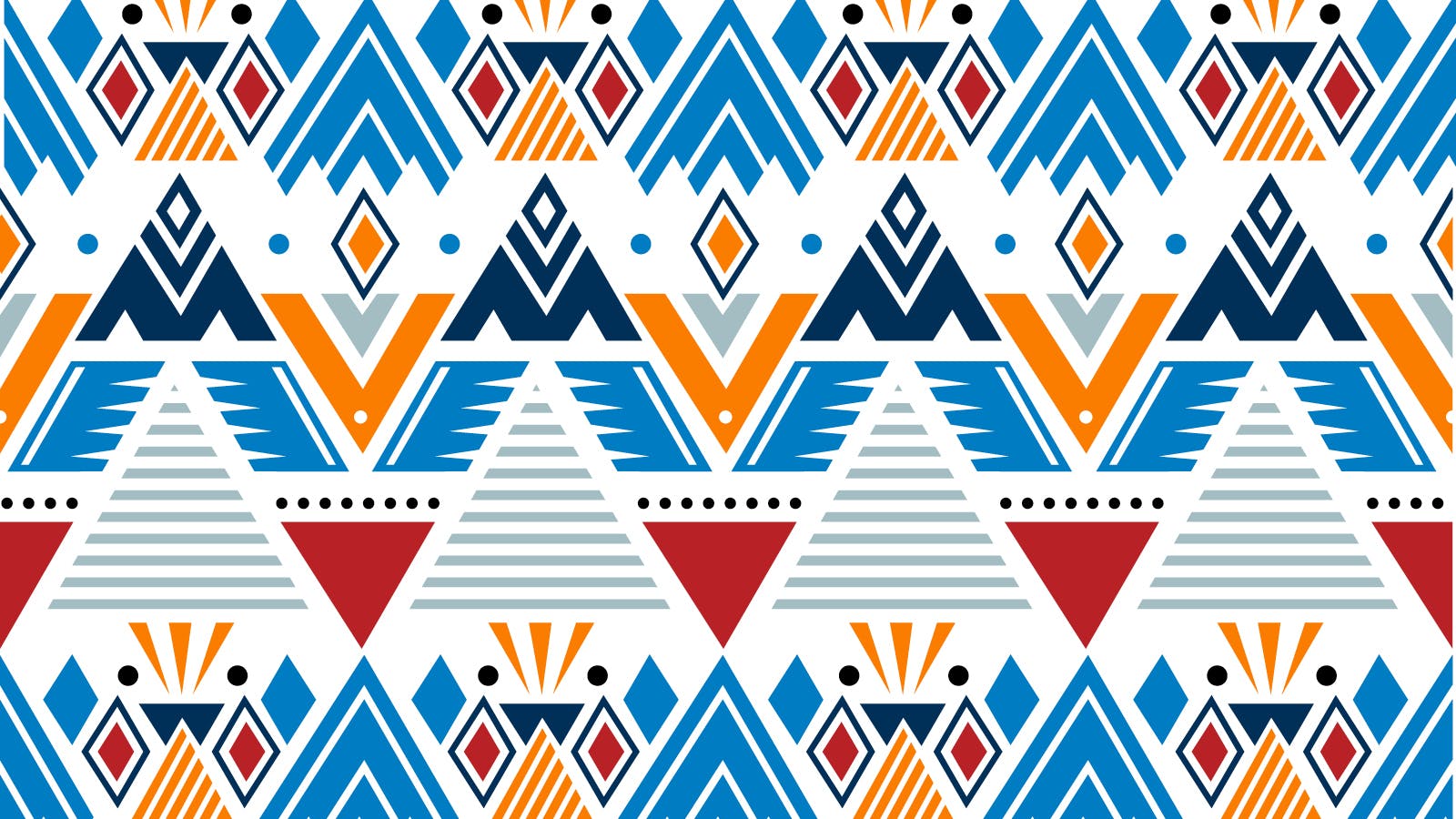

November is National Native American Heritage Month! That means taking an intentional approach to celebrating the rich history and traditions of Native American peoples.
It’s believed that more than 50 million Indigenous people called the Americas home by the 15th century. A sizable 10 million of those were located in what is now known as the United States. These groups were highly diverse, adapting to their own unique landscapes, climates, and conditions. Of course, that includes their homes.
We’ve gathered a few of the many standout elements from traditional Native American homes that we believe deserve to be celebrated. Plus, a few tips and tricks you can take away.
Natives of the Southeast region of the Americas include the Cherokee, Chickasaw, Choctaw, Creek, and Seminole peoples. These Indigenous groups all called the area just above the Gulf of Mexico home. It’s known for its warm, wet climate and fertile lands.
So, understandably, these groups became highly skilled farmers and gardeners. You could find dozens of crops in this region at the time (hello, sunflowers!). But staples like maize, beans, and squash were especially popular.
And, as it turns out, they were definitely onto something! Gardening has been shown to improve diet and drive down stress. And the added curb appeal of some greenery can’t hurt, either.
To celebrate with your own home garden, simply research native plant species, pick up some materials, and dig in.
The Southwest culture area spans much of the desert running through (what is today) Arizona, New Mexico, Colorado, Utah, Texas, and parts of Mexico. There were two primary approaches to life here: sedentary and nomadic.
The nomadic peoples, including the Navajo and Apache, were always on the move. But the sedentary groups, including the Hopi, Zuni, Yaqui, and Yuma, built and maintained permanent settlements called “pueblos.”
These structures were primarily made of stone and adobe. As building materials, they are abundant, energy-efficient, fireproof, and maybe even future-proof. After all, you can still find and explore historic pueblos across the Southwest region today.
What’s more, stone and adobe remain popular architectural options. Particularly as external materials. They can help regulate your home’s temperature while adding plenty of charm and personality.
You don’t necessarily have to celebrate with a stone facade, though. If a small-scale project is more your speed, perhaps commission a Native artist. Native American Art Magazine shares annual guides for the Santa Fe and Heard Museum Indian Markets.
The Great Basin is the large swath of desert sandwiched between the Rocky Mountains, the Sierra Nevadas, the Columbia Plateau, and the Colorado Plateau. Its indigenous inhabitants included the Bannock, Paiute, and Ute.
These tribes were mainly nomadic foragers, constantly picking up and moving. This often meant leaving their homes behind.
So, the Bannock, Paiute, and Ute peoples developed convenient, easy-to-build huts called wickiups. They were typically made from sapling trees, leaves, bark, and local brush. Sometimes animal hide walls would be installed, as well.
There were quite a few benefits to using these materials. They were abundant, light, and largely weather-proof. Not to mention, sustainable.
Today, you probably couldn’t hack living in a wickiup. But you can take inspiration from the use of renewable materials. Nature-inspired design can help you connect with the outdoors.
A few easy-to-implement ideas include:

The Northwest Coast was home to the Athapaskan Haida and Tlingit; the Penutian Chinook, Tsimshian, and Coos; the Wakashan Kwakiutl and Nuu-chah-nulth (Nootka); and the Salishan Coast Salish.
This cultural area runs along (what is today) the Washington and Oregon’s Pacific Coast. It’s characterized by its mild, coastal climate and plentiful resources. Think abundant fish, shellfish, and other marine prey.
This natural abundance meant local tribes didn’t have to live nomadically. They could build large, permanent communities with plenty of resources to go around. Soon, hundreds of Northwest Coast villagers shared the same communal spaces.
Today, neighborly relationships are still so important. Connecting with next-door neighbors can boost your happiness, promote healthy habits, and even drive down rates of violence. So, to celebrate communal living, get outside and connect with someone new!
The Subarctic culture area includes the forests and tundra of inland mordern day Alaska. Indigenous inhabitants included the Tsattine, Gwich’in, Deg Xinag, Cree, Ojibwa, and Naskapi.
Between the biting cold and heavy snow, getting around was flat-out tricky. Sleds and snowshoes helped, but traveling as a large group was near impossible. So, people divided and traveled primarily with their family members. Groups were mostly on the go, tracking caribou and other game.
And their homes came with them! The Subarctic peoples developed compact, packable structures for warm weather living. When temperatures dropped, they would transition to in-ground shelters. Their adaptability made living in these harsh conditions possible.
So, what needs to be adapted in your home? A leaky faucet? An anemic HVAC system? With colder weather coming, you can take note and get ahead. Your future self will thank you.
America’s Indigenous peoples are as diverse as they are extraordinary. So are their homes.
From renewable building materials to local gardening practices, traditional Native American homes deserve to be celebrated.